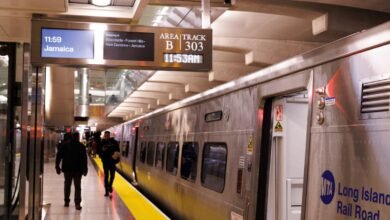“Move the Vote NYC!”: Voter Guide on Transportation Issues for 2025 Mayoral Election
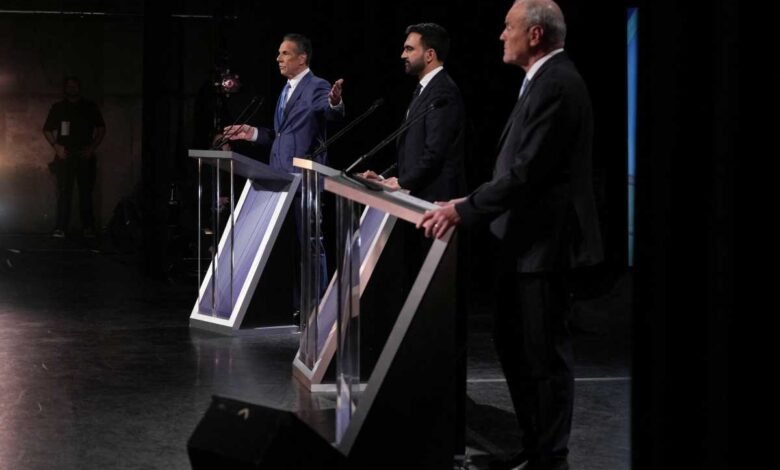
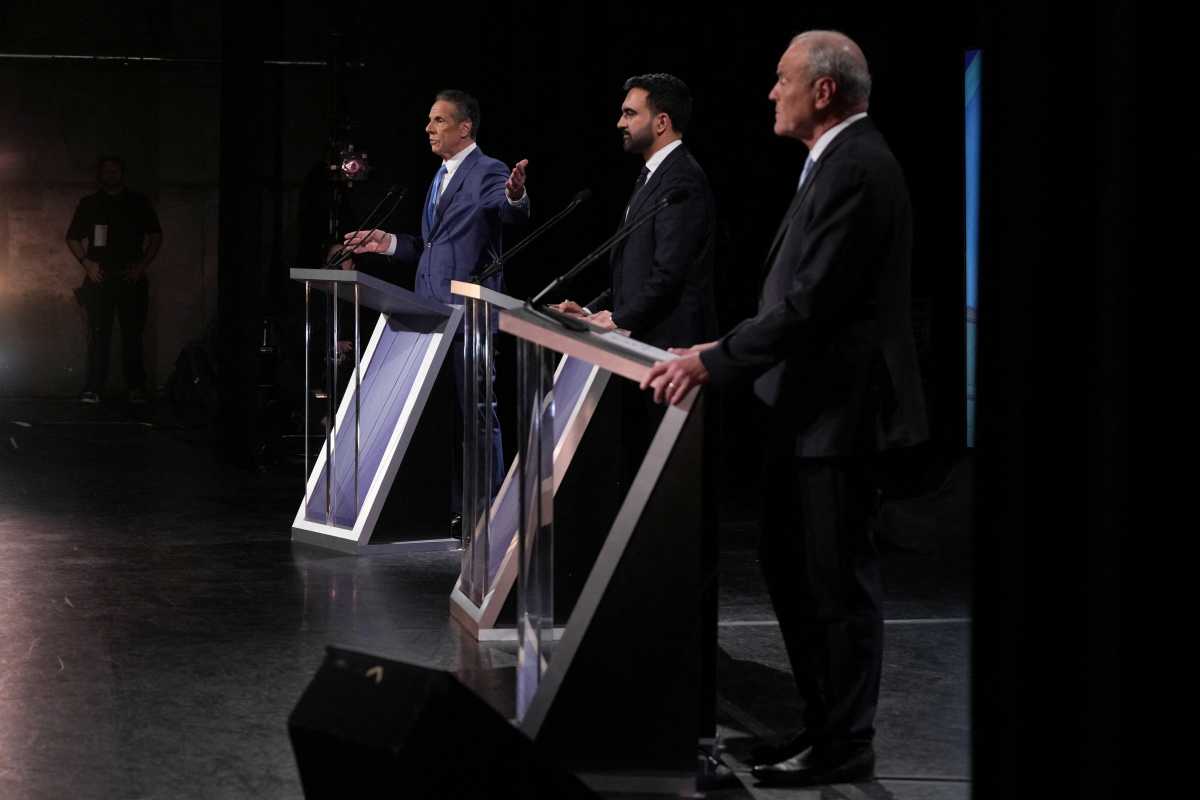
Independent candidate former New York Gov. Andrew Cuomo, Republican candidate Curtis Sliwa and Democratic candidate Assemblyman Zohran Mamdani participate in a second New York City mayoral debate at the LaGuardia Performing Arts Center at LaGuardia Community College in Long Island City, Queens, New York, October 22, 2025. Hiroko Masuike/Pool via REUTERS
As New Yorkers prepare to vote, one issue quietly shapes nearly every aspect of city life: how we move. Streets, subways, buses, taxis, and for-hire vehicles do not always capture as much attention as housing or public safety, but the next mayor will have tremendous influence over the transportation systems that affect millions of residents, workers, and visitors every day.
This election cycle, the University Transportation Research Center (UTRC) has again produced an analysis of the mayoral candidates’ transportation records and proposals, titled 2025 NYC Mayoral Candidates Transportation Policy Primer & Voter Guide. Based at the City College of New York and representing the U.S. Department of Transportation Region II, the UTRC was established in 1987 to advance research, education, and technology transfer in transportation. The goal of the report and the accompanying palm card distributed to voters is to provide a clear comparison of the leading candidates—Andrew Cuomo, Zohran Mamdani, and Curtis Sliwa – across transportation issue areas.
The methodology follows the same approach used in previous editions from 2013 and 2021. Each report is peer-reviewed by transportation experts and based primarily on publicly available materials, including campaign platforms, legislation, press statements, official records as well as responses to surveys from the candidates’ campaigns. The palm card offers a one-page overview of candidate positions, serving as a reference for voters and policymakers.
The next mayor will inherit an ambitious and complex transportation agenda. The city is expanding zero-emission requirements for for-hire vehicles, working to make bus service faster and more reliable, managing competing demands for curb and street space, and continuing the Vision Zero initiative to eliminate traffic fatalities. These issues together reflect broader priorities around equity, safety, sustainability, and economic vitality.
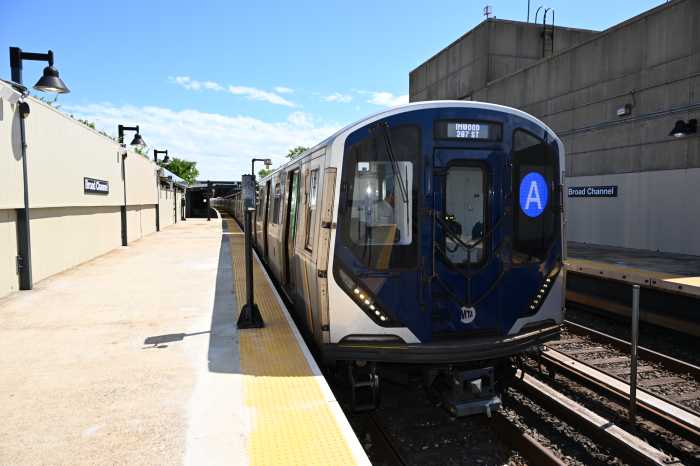
Former Gov. Andrew Cuomo has emphasized experience and practicality in his campaign. His transportation record includes launching congestion pricing, approving major accessibility investments in the MTA’s capital plan, and signing legislation legalizing e-bikes and scooters. Cuomo’s current platform highlights deploying police to subway stations and trains to improve subway safety, expanding free bus and subway fares for low-income New Yorkers, and creating an industry advisory committee to review outdated Taxi & Limousine Commission (TLC) regulations. He has also urged the city to proceed cautiously with its electric-vehicle mandates until charging infrastructure is sufficient to support the transition.
Assembly Member Zohran Mamdani has built his platform around affordability and livability. He has made free and fast bus service a central plank of his campaign. In addition he has called for stronger delivery-worker protections, and more protected bike lanes. In Albany, Mamdani co-authored the 2023–24 fare-free bus pilot and sponsored legislation to automate enforcement against vehicles that block bike lanes. His campaign also proposes eliminating parking minimums citywide, shifting traffic enforcement from the New York Police Department to the city Department of Transportation, and increasing the use of automated safety cameras. Mamdani’s approach connects transportation to broader issues of social justice.
Curtis Sliwa, who also ran in the 2021 mayoral race (and whose positions were set forth four years ago in our last report) has now focused also on restoring order and addressing what he describes as quality-of-life issues. His platform emphasizes enforcement against reckless cyclists, towing of abandoned vehicles, and increased NYPD presence on subways and at stations. Sliwa opposes congestion pricing and favors expanded express-bus service over fare-free programs. His positions reflect a focus on public safety and basic service delivery rather than new infrastructure initiatives. Sliwa also calls for greater NYPD enforcement and physical measures such as raised crosswalks and speed humps near schools to address street safety.
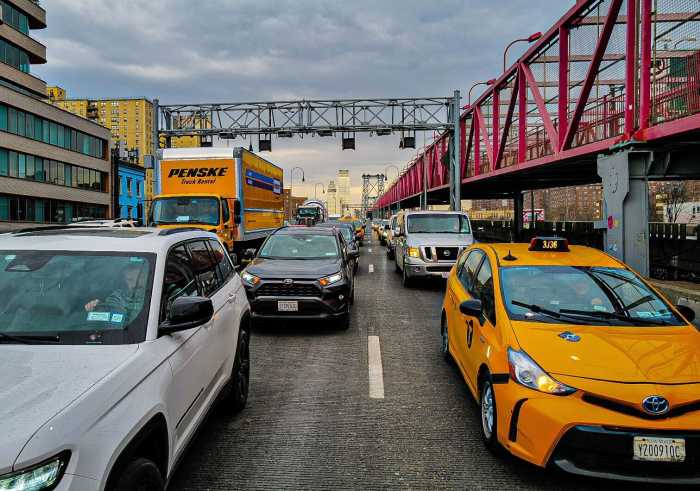
The candidates have varying opinions on the congestion pricing program. Cuomo originally championed the policy as governor to fund the MTA and reduce gridlock, and currently supports it. However, in 2024, he did call for the implementation to be delayed citing concerns about the city’s economic recovery from the pandemic. Mamdani has consistently supported the tolling program, citing its environmental benefits and the value of the revenue to the MTA. Sliwa has consistently opposed the program, and proposes rebates for city residents who pay the toll.
The candidates also differ in how they view curb management and the public realm. Cuomo would focus on streamlining outdoor-dining permitting. Mamdani calls for expansion of outdoor dining, removing parking near intersections to improve driver visibility of pedestrians (referred to as “daylighting”), expanded open-street programs, and additional bike lanes. Sliwa supports requiring restaurants to better maintain their outdoor dining facilities and increased enforcement of parking rules.
Transportation policy often reveals more about a leader’s priorities than their campaign slogans. Many of these initiatives will require coordination and negotiation with state and regional partners, such as working with the MTA on transit service and Con Edison on building electric-vehicle infrastructure. How well the next administration manages these relationships will determine whether ambitious goals translate into meaningful progress.
For the taxi and for-hire vehicle sector, transportation decisions will continue to shape economic stability and workforce conditions. Driver pay rules, the cap on the number of for-hire vehicles, and the provision of taxi relief stands all require collaboration between the city and industry leaders. New freight and personal delivery programs and rules may need to be developed on account of the exponential growth in e-commerce deliveries.
This broad array of transportation issues may not dominate the candidates’ campaign speeches, but the next administration’s decisions on these issues will impact every New Yorker’s daily experience. The UTRC report and palm card offer voters an objective reference point to compare the candidates’ positions and understand their broader philosophies. Mobility is the foundation of New York’s economy and quality of life.
Whoever takes office on Jan. 1, 2026 will face the ongoing task of keeping the city moving safely, efficiently, and equitably for everyone.
Matthew Daus is the transportation technology chair for the University Transportation Research Center, Region 2 (NY/NJ) at the City University of New York


